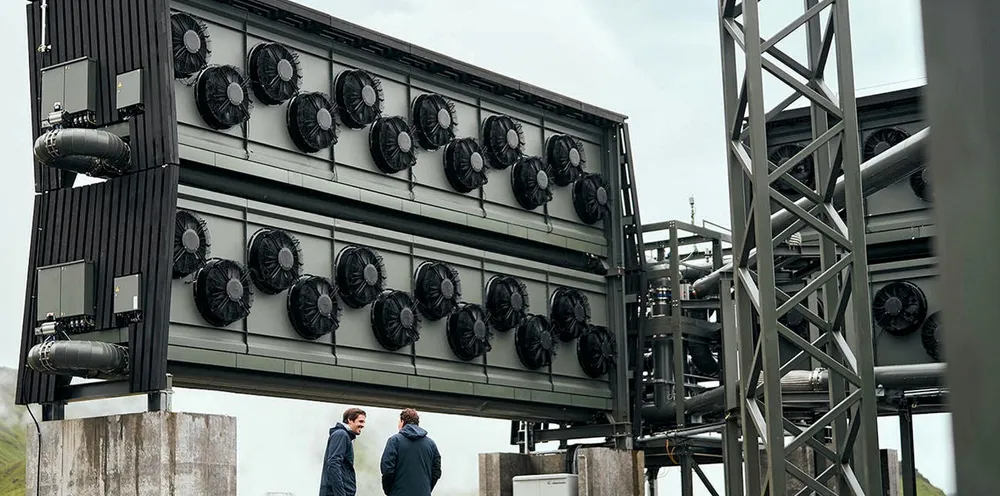'The amount of energy required by direct air carbon capture proves it is an exercise in futility'
Removing CO2 directly from the air requires almost as many joules as those produced by burning the fossil fuel in the first place, writes Leigh Collins

“The world would need just as much energy to clean up the energy it made a mess with in the first place,” said Keynumbers founder John Poljak. “Not quite what the circular economy had in mind.”
So, theoretically, eight million such plants would be needed to capture the world’s annual carbon emissions, at a cost of $80trn-120trn.
Of course, Orca is just a pilot project and costs would inevitably fall with economies of scale and technology development.
It has also been stated that nature (trees, plants, soils and oceans) absorbs about half of the planet’s annual carbon emissions. So, at best, using current technology, the world would need 142EJ (39,444 TWh) each year — almost double the annual global electricity production — to suck all our carbon emissions from the air.
No-one is suggesting that the world should capture all its greenhouse gas emissions using DAC, but the amount of energy required does raise questions about whether the technology makes any sense. After all, the world needs to rapidly decarbonise its existing energy usage — not add to the load required.
And with major oil & gas producers such as Chevron and ExxonMobil ploughing millions of dollars into DAC — rather than investing in clean energy — it is difficult to argue that current direct-air-capture technology is little more than greenwashing, a poor excuse to keep emissions high on the promise that they can be plucked from the air at a later date.
While economies of scale and efficiency improvements would undoubtedly help, it seems more likely that a massive technology breakthrough would be needed to reduce the energy required by DAC to an acceptable level.
(Copyright)